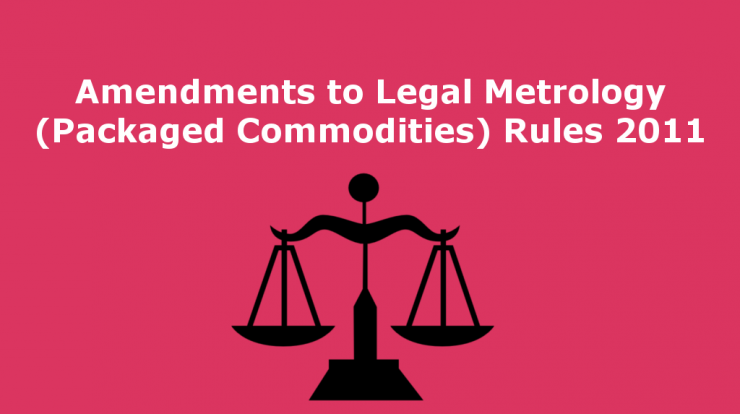
Consumers often buy pre-packaged commodities to meet their needs. For example, biscuits, bread, butter, baby food, cereals, pulses,
coffee, tea, edible oils, ghee, milk powder, rice, flour, salt, soap, detergents, mineral water, cement, paint varnish etc. It is important that consumers don’t get cheated while buying these products in packs of different
quantities.
- However, if a 100 g biscuit packet of a particular brand, gets reduced to a 97 g packet and is being sold at the same price, chances are that many consumers cannot notice the difference in weight. Thus, the consumers would get cheated. To protect the interests of consumers, pack sizes of 19 commodities of daily use were prescribed to help the consumers to compare the prices of these commodities. The prescribed pack sizes posed another problem. For example, the pack sizes prescribed for flour are 100 g, 200 g, 500 g, 1 kg, 1.25 kg, 1.5 kg, 1.75 kg, 2 kg, 5 kg and thereafter in multiples of 5 kg. Now suppose a manufacturer reduces
the pack of 1.75 kg to 1.5 kg and reduces the price of 1.5 kg, chances are that many consumers would not be able to make out if the unit sale price of the 1.5 kg pack is the same as that of the 1.75 kg pack or different. Even though the pack is of prescribed quantity, consumer’s interests may be adversely affected. - To reduce the compliance burden to industries, the prescription of pack sizes is being done away with through an amendment in Legal
Metrology (Packaged Commodities), Rules 2011. However, to protect the interests of consumers, a new provision has been introduced which makes it mandatory for the unit sale price of the commodity to be indicated on the package. This will allow the consumer to take an informed and conscious decision, irrespective of the size / quantity of the commodity being packed in the package. Consumers will now be able to compare the prices of the packs of similar product sold and distributed by different manufacturers / importers with the help of UNIT SALE PRICE. For example, consumers will be able to compare the price of packed coffee of different companies sold
in different quantities (25 g, 50 g, 75 g etc). - These and some other changes in the Legal Metrology (Packaged Commodities) Rules are being brought in with effect from 1st April, 2022. To know more, continue reading this blog.
- From 1st April, 2022, the retail sale price of the package shall clearly indicate that it is the maximum retail price inclusive of all taxes in Indian Currency.This will allow the manufacturer, packer and importer to declare the MRP on the pre-packed commodities in a simplified manner while at the same time safeguarding the interests of consumers.
- Earlier, the month and year in which the commodity is manufactured or pre-packed or imported was required to be declared on the packages. Now, only the month and year of manufacture of the commodity will be mandatory. This will remove the ambiguity among the manufacturer / packer / importer. With the declaration of the date of manufacturer, it will be easy to ascertain the time when the product was manufactured and whether the product is within the expiry or not. Thus the ambiguity for consumers is also removed, especially in the case of imported pre-packed commodities.
- Earlier the quantities of commodity in the package could be denoted as ‘N’ or ‘U’ only. Now the quantities can be expressed in terms of the number or unit or piece or pair or set or such other word which represents the quantity in the package. This will remove the ambiguity of declaration of quantity sold by number in pre-packed commodities.
- For more details, please refer to GSR Notification Number 779(E) dated 02.11.2021.
